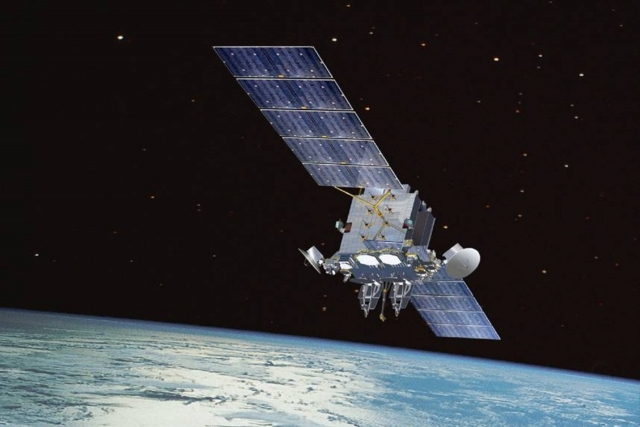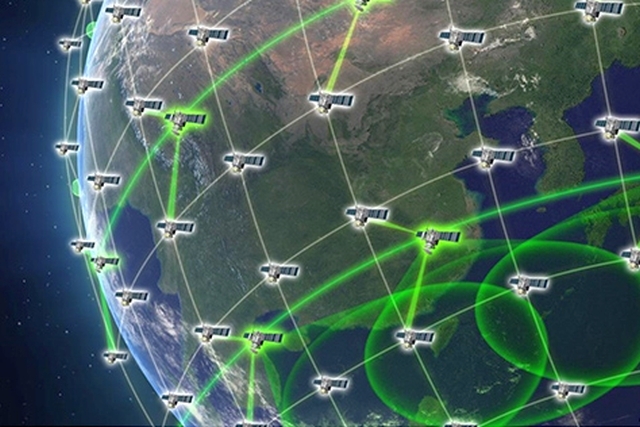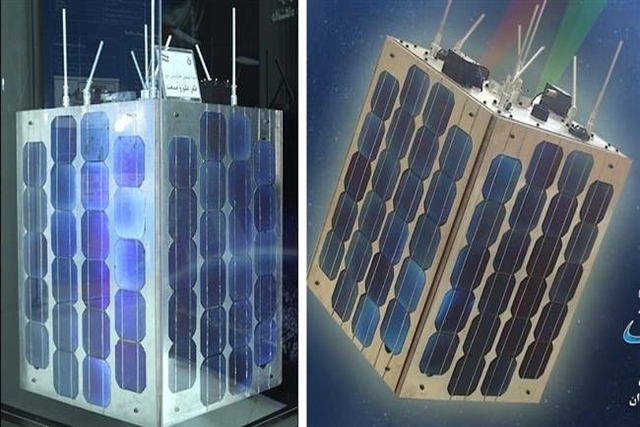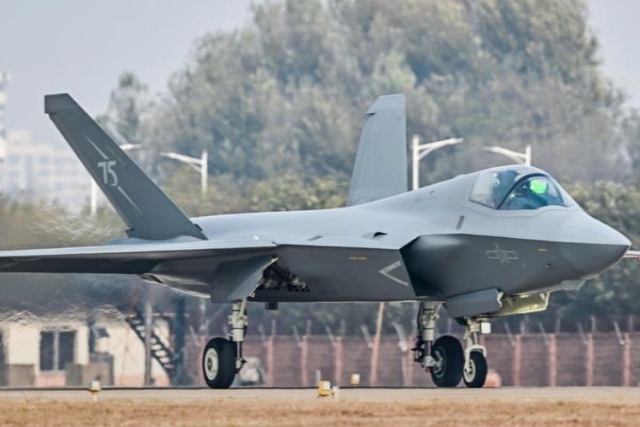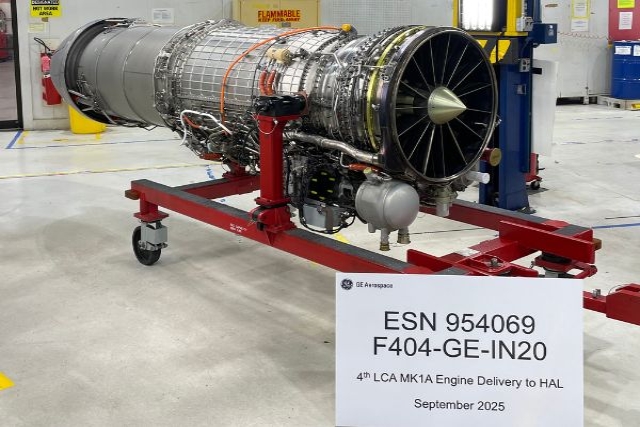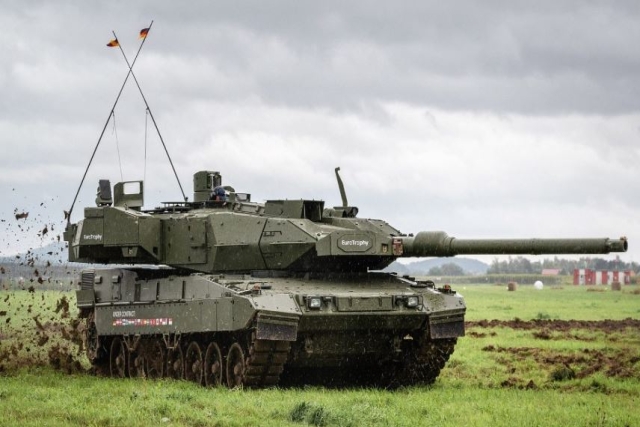Mitsubishi H2A Rocket to Launch UAE-Developed Mars Probe

Mitsubishi Heavy’s H2A rocket will launch a Mars probe developed by the United Arab Emirates (UAE) in July.
“Mitsubishi Heavy Industries (MHI) hereby announces the launch schedule of the H-IIA Launch Vehicle No. 42 (H-IIA F42) which carries aboard the Emirates Mars Mission’s (EMM) Hope spacecraft developed by the Mohammed bin Rashid Space Centre (MBRSC) in the United Arab Emirates,” the company said in a statement Monday.
An H2A rocket carrying the "Hope" will lift off at 5:51 a.m. on July 15 from Tanegashima Space Center in Kagoshima Prefecture, southwestern Japan. The spacecraft is expected to arrive on Mars in 2021.
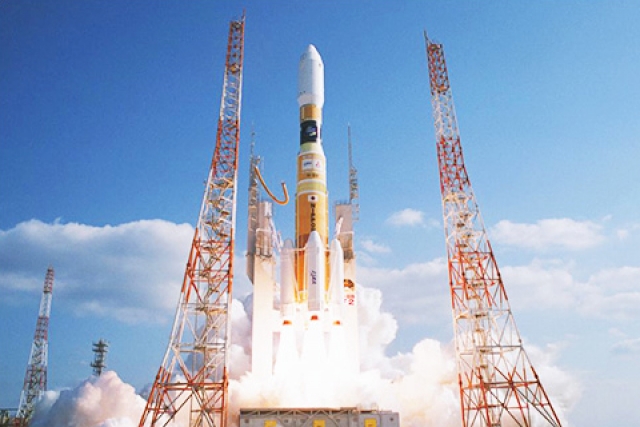
Although MHI has previously launched three foreign satellites, this will be the first time the company will launch an explorer that does not orbit the Earth.
Emirates Mars Mission (EMM):
The Hope probe will be compact and cubic in shape and structure, with a mass of approximately 1500 kg including fuel. The probe will be 2.37 m wide and 2.90 m tall, the overall size being approximately equivalent to a small car. Hope will use two 900-watt solar panels to charge its batteries and it will communicate with Earth using a high-gain antenna with a 1.5 m wide dish. The spacecraft will also be equipped with star tracker sensors that will help determine its position in space by identifying the constellations in relation to the Sun. Six 120-Newton thrusters will control the speed of the probe, and eight 5-Newton Reaction control system (RCS) thrusters will be responsible for the delicate maneuvering.
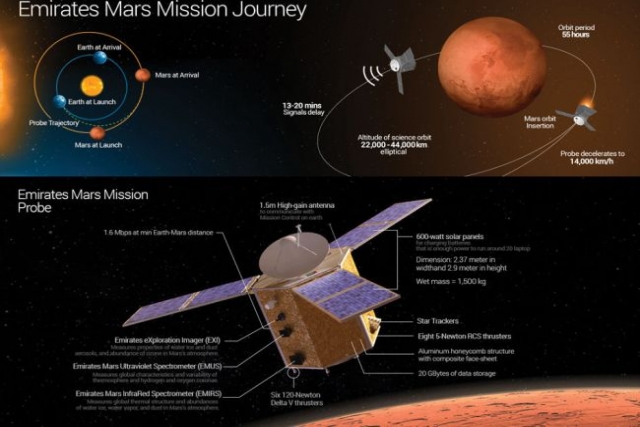
The expected travel time of the Hope probe is about 200 days on its journey of 60 million kilometers. Upon arrival at Mars, it will study the atmosphere of Mars for two years. It is planned that its instruments will help build "holistic models" of the Martian atmosphere. The data is expected to provide additional data on the escape of the atmosphere to outer space. The Hope probe will carry three scientific instruments to study the Martian atmosphere, which include a digital camera for high resolution coloured images, an infrared spectrometer that will examine the temperature profile, ice, water vapors in the atmosphere, and an ultraviolet spectrometer that will study the upper atmosphere and traces of oxygen and hydrogen further out into space.
